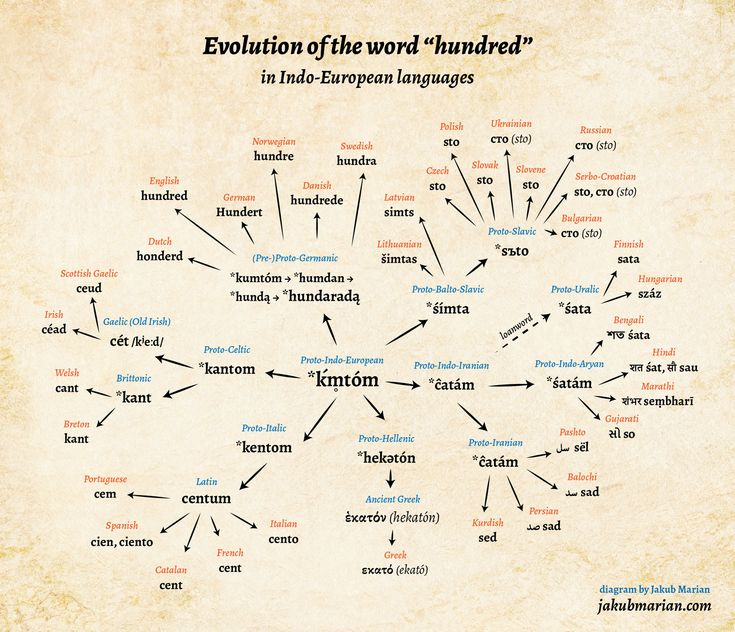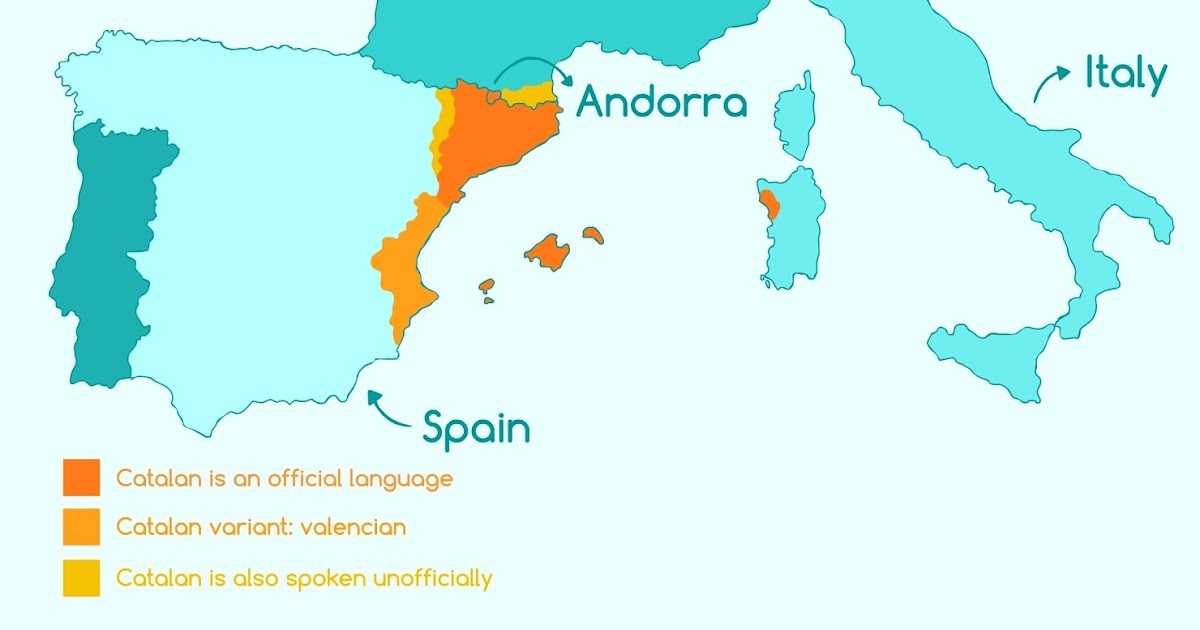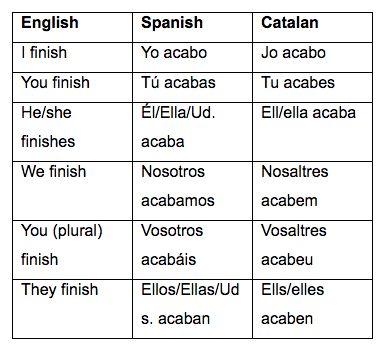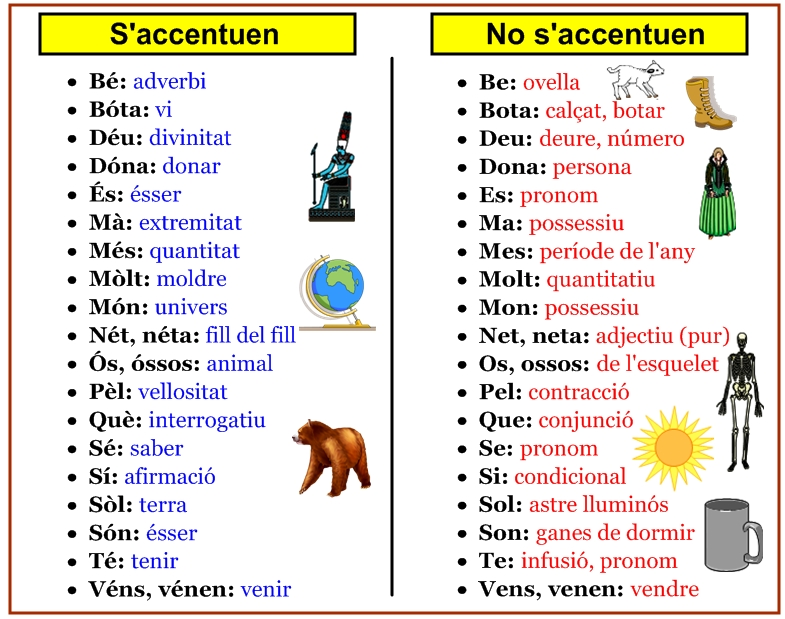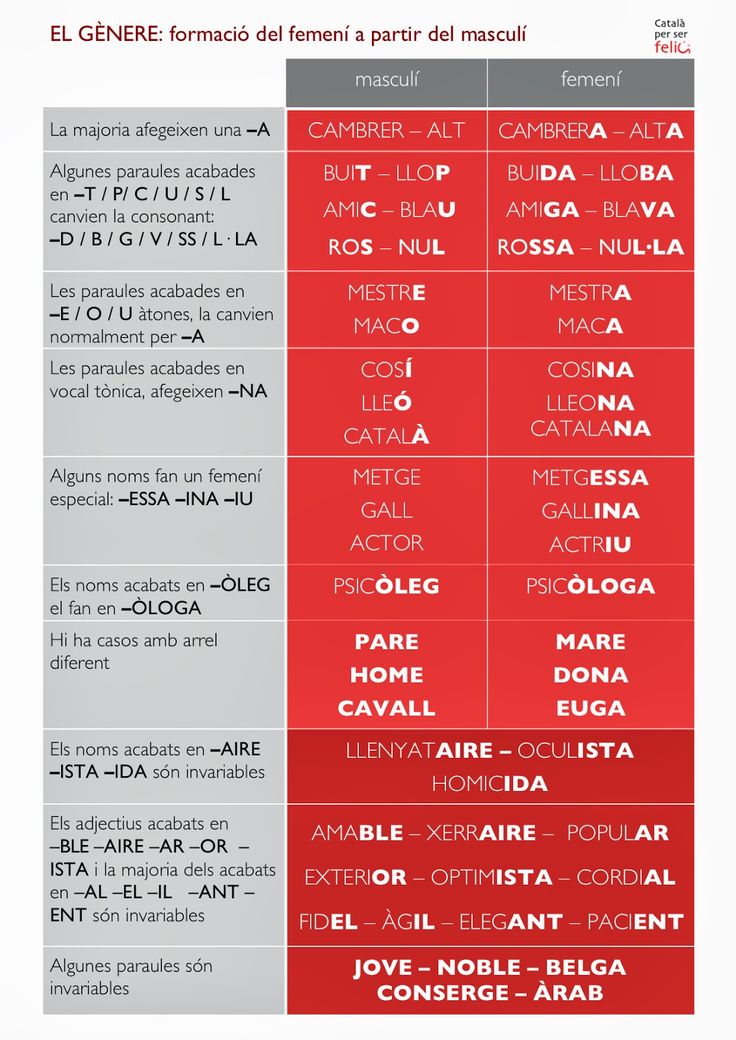How Many People Speak Catalan, And Where Is It Spoken?
Catalan is primarily associated with Spain’s Catalonia region, but it isn’t quite right to say that it’s a language of Spain, nor that it’s a dialect of Spanish. Catalan is in some instances more similar to French than Spanish, and besides, it’s a distinct regional language with a history that predates the current geopolitical order.
Catalan’s closest linguistic neighbors are Spanish and the Occitan language of southern France, but it differs from both in a number of significant ways, particularly when it comes to diphthongs, certain vowel and consonant sounds, and some grammatical conventions.
The language has also been intimately tied in to the Catalan movement for independence from Spain, with broad implications for the role it may continue to play in the national Catalan identity.
A Brief History Of Catalan
Catalan is a Romance language that originated from Vulgar Latin in the Pyrenees Mountains between France and Spain — specifically the kind that was spoken by the Romans who had colonized the Tarragona region in Catalonia.
Under the kingdom of Aragón, which was founded in 1035, Catalonia was an autonomous province. The earliest surviving written Catalan dates back to the 12th century.
When the marriage of Ferdinand and Isabella united the kingdoms of Aragón and Castile in the 15th century, Castilian Spanish became the de facto official language, even as Catalan remained a vernacular tongue spoken among the people.
Catalonia eventually lost its autonomy when Barcelona fell to Spain in 1714, and the use of Catalan was officially restricted. Meanwhile, France’s Louis XIV was also beginning to suppress the language after he prohibited its use in Northern Catalonia in 1659. The First French Republic that followed the French Revolution also banned the use of the language in education.
This eventually paved the way for the Renaixença nationalist movement that emerged in the 19th century, when Catalan was briefly revived as a literary language by artists and writers. This movement even brought back a Medieval tradition called Jocs Florals (“floral games”), a competition among poets to see who could write the best love poem or best patriotic poem in the lnaguage.
It wasn’t until after Franco died and democracy was restored in 1978 that Catalan started to be promoted and taught in Spanish schools again as a primary educational language. In 1983, parliament of Catalonia made Catalan the region’s official language.
The Future Of Catalan
Though Catalan has been going through an active revival process for the last few decades, Spanish remains a lingua franca in Catalonia, thanks in part to its long history in the region, as well as the more recent arrival of many Latin American immigrants who speak Spanish natively. Yet with immersion programs in schools have been in place since the early 1980s, virtually everyone under the age of 40 in Spain’s Catalonia region has command of both Catalan and Spanish.
Though the movement to reclaim Catalan national identity has involved a great many factors, language has played an important role.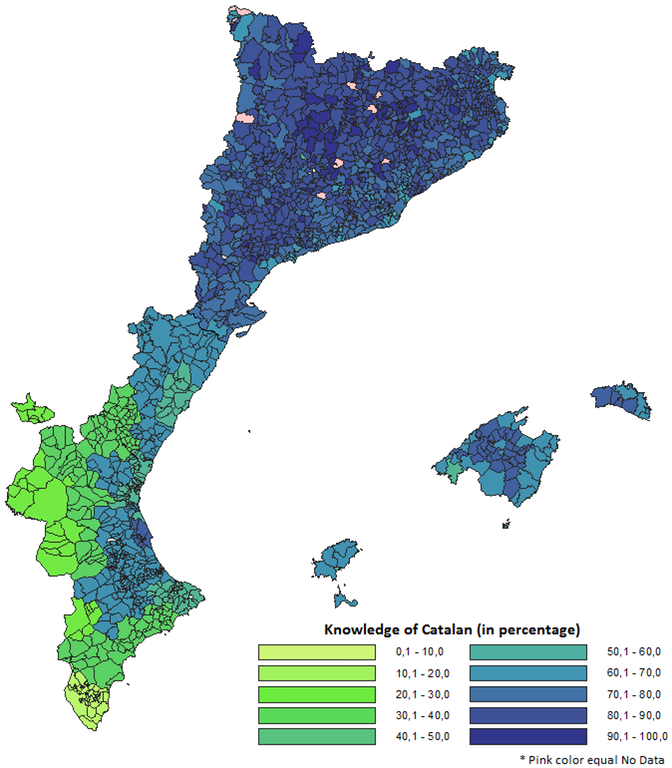
This has made Catalan identity more about language than, say, Basque identity or the identity of other various ethnic groups in Spain. Basque nationalism is largely about ethnicity, whereas Catalan nationalism has made language a cornerstone of the movement.
An independence referendum that took place in 2017, which was declared illegal by the central government, brought Spain into the fray of its biggest political crisis since the end of Franco’s regime. Catalan independence rallies have been ongoing, with demonstrations occurring as recently as September 2021. In Catalonia, September 11 is known as La Diada, or the anniversary of the fall of Barcelona in 1714, which has been commemorated in more recent years by separatist rallies.
A quick look at how Catalan differs from Spanish…and Galician, and Basque.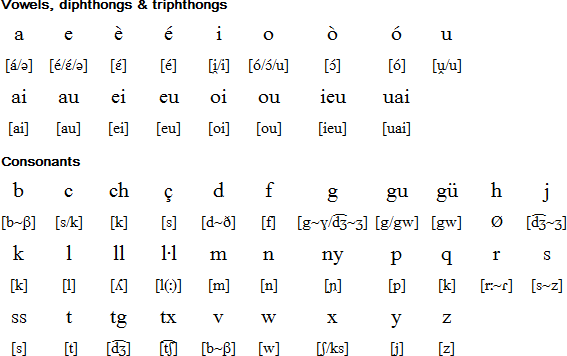
Where Is Catalan Spoken?
Currently, Catalan is spoken in the Aragon, Balearic Islands, Catalonia, Murcia and Valencia autonomous communities of Spain, the country of Andorra, the Roussillon region of France, and the city of Alghero in Sardinia, Italy.
In Andorra, which is a small, independent principality in the Pyrenees Mountains between Spain and France, Catalan is the only official language. In Catalonia, Valencia and the Balearic Islands, the language shares official status with Spanish.
Within the language, there are considered to be six distinct dialects: Northwestern Catalan (spoken in Lleida, Tarragona and La Franja), Valencian (spoken in Valencia), Central Catalan (spoken in Barcelona and Girona), Balearic (spoken in the Balearic Islands), Roussillonnais (spoken in France), and Alguerese (the dialect spoken in Alghero).
How Many People Speak The Language?
Catalan is spoken across a varied linguistic territory. Within the Catalan-speaking regions of Spain, France and Italy, a little over 9 million people speak it, with about 8.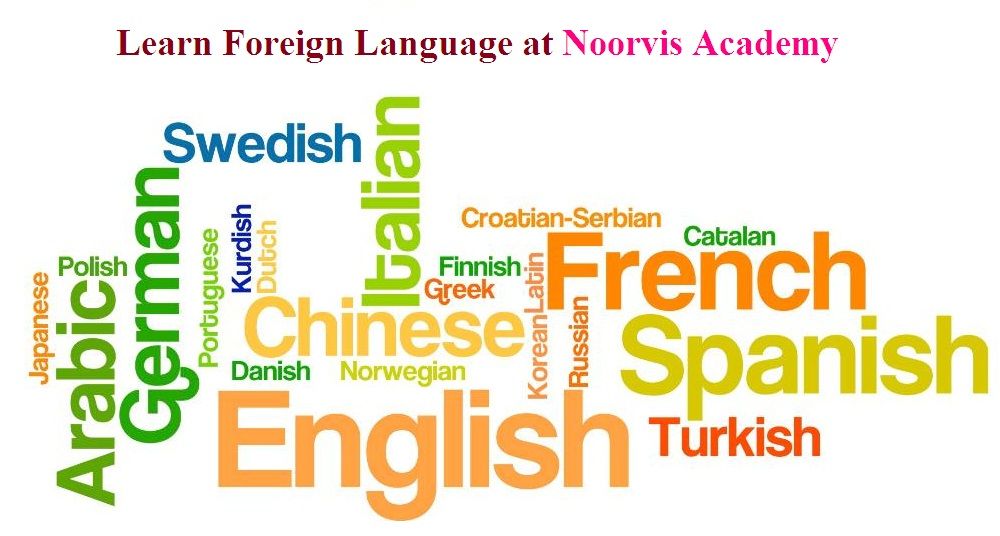
Within that 9 million, there are more people speaking it as a second language than a native language: 4 million speak it natively, whereas 5 million speak it as a second language.
Outside of Spain, approximately 125,000 speakers live in France, 30,000 in Andorra and 40,000 in Alghero.
The Ultimate Guide To the Catalan Language for Travelers To Barcelona
If the three Spanish regions where the Catalan language is spoken suddenly became independent from Spain, the resulting country would instantly turn into one of the world’s top-10 tourist destinations. In 2019, almost 43 million international travelers made it to the Mediterranean-washed shores of Catalonia, the Valencian Region, and the Balearic Islands. A figure on par with the entire population of Spain.
Yet, despite Catalan-speaking Spain’s whooping popularity, many visitors remain blissfully unaware of its millenary linguistic heritage. Worse, it is not uncommon for tourists to mistake Catalan as a dialect of Spanish (in fact, it derives directly from Vulgar Latin).
The author:
Marcos Bartolomé has lived in Barcelona for less than two years but he is often mistaken as a native Catalan speaker. “Is menorquí [a dialect of Catalan] your mother tongue?”, asked his examiner after he completed the oral exam declaring him officially proficient. He taught himself the language before moving to Catalonia through music lyrics and the Catalan public broadcaster’s satirical TV shows. As a native Asturian, he is an ardent champion of linguistic minorities and speaks seven languages himself. He has conducted research on the Moroccan project to revitalize the Tamazight language at Georgetown University, where he graduated with a Master’s in Arab Studies, and has been a Spanish teacher at a public high school on the French East African island of Mayotte.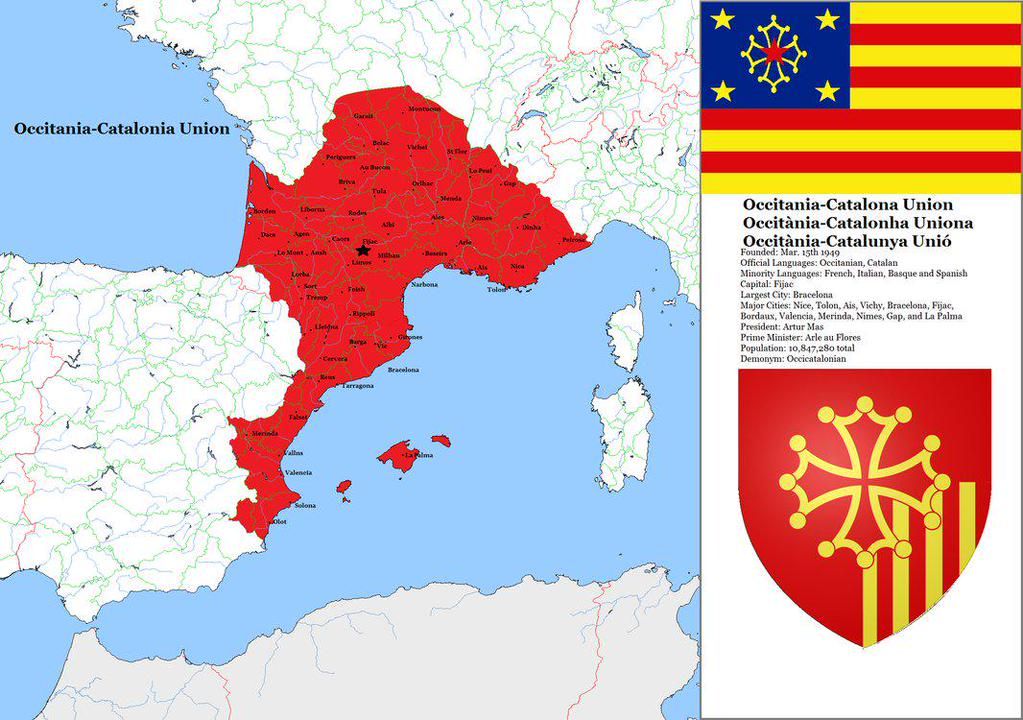
- Where is the Catalan language spoken?
- The different types of Catalan
- Which language is Catalan closest to?
- Catalan vs. Spanish: The Catalan alphabet
- Catalan language pronunciation guide
- How to say “thank you”, “good afternoon”, “hello”, etc. in the Catalan language?
- Catalan words, sentences, and phrases for eating and drinking to your heart’s content
- Catalan words and sentences you need to find a good accommodation
- Catalan words and sentences you’ll need to get around
- Numbers in Catalan and words you’ll need when shopping
- Catalan words and sentences you’ll need if you hike
Where is the Catalan language spoken?
Contrary to what its name suggests, Catalan is by no means confined to Catalonia, whose constitution grants it the status of “native language.” So does the Valencian Region — under the label of valencià (Valencian) — and the Balearic Islands, where the distinct local varieties of the Catalan language are named after each island: mallorquí (Mallorca), menorquí (Menorca), and so forth.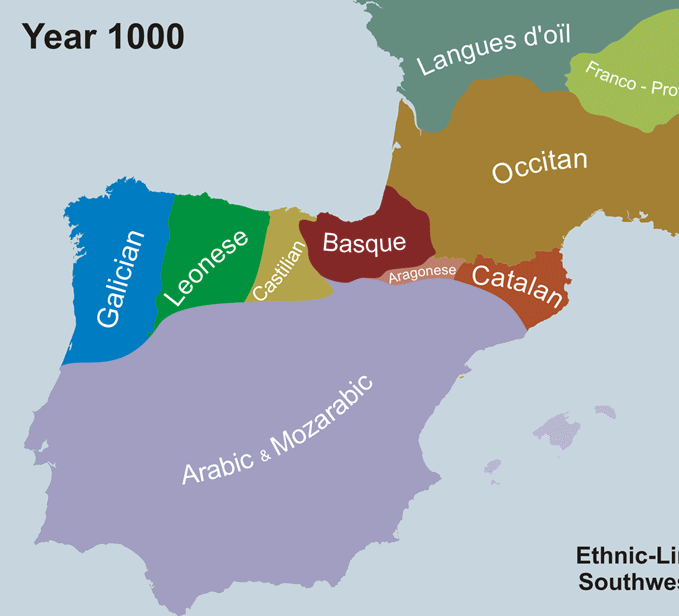
All in all, more than one in ten Spaniards speaks a variety of Catalan at home, an impressive figure given Spanish dictator Francisco Franco’s almost four-decade-long war on linguistic diversity in the country.
Yet, this is only half of the story. Owing to the Mediterranean expansion of the Kingdom of Aragon in the Middle Ages, to this day Catalan is spoken in places as far from the language’s cradle as the city of Alghero (L’Alguer, in Catalan) on the Italian island of Sardinia. Catalan can also regularly be heard in New York’s UN General Assembly, or the Eurovision, as it is the only official language of the Principality of Andorra, a microstate sandwiched between Spain and France. Lastly, around five percent of France’s Pyrénées-Orientales – which before 1659 belonged to the Crown of Aragon — are also Catalan-speaking.
Just like any other language, Catalan reflects the stories of its speakers. As most of the Iberian Peninsula was for centuries under Arab control, modern-day Catalan is rich in Arabic loan words. On the island of Menorca, ruled by the British for almost a century until 1802, people still use (catalanized) English words like “xoc” (chalk) or “escrú” (screw).
The different types of Catalan
The Catalan language is split into two groups of dialects: Eastern and Western Catalan. The first meridian east roughly marks the border between both. Eastern Catalan provides the basis for standard Catalan.
Apart from this official division, Catalan speakers also refer to other varieties:
- Xava: A word used — often derogatorily — to describe a distinct type of Catalan found in Greater Barcelona. As Spain’s earliest industrial hub, the Catalan capital received a wealth of Castilian-speaking workers from the economically disenfranchised South. The language contact resulting from this rural exodus gave way to a variety of Catalan heavily influenced by Spanish.
- Català salat: Literally salted or seasoned Catalan, it refers to the varieties where definite articles are pronounced with an “s” instead of with an “l” ( e.g. “sa platja” instead of “la platja” for the beach). Although now confined to the Balearic Islands, this dialect used to be found on mainland Spain too. Place names like Sant Esteve Sesrovires (famous singer Rosalía’s birthplace) are proof of this heritage.
- Lleidatà: Heard of Alcarràs, the first Spanish movie to win the Berlin Festival’s Golden Bear since 1983? Well, Carla Simón’s masterpiece was filmed in lleidatà, a Western dialect characterized by the shift of a verb’s third person singular final “a” into an “e”. “Ell torna” (he comes back) becomes “ell torne”).
Which language is Catalan closest to?
Catalan’s closest living language is Occitan, spoken in Catalonia’s Val d’Aran, Southern France, Monaco, and some valleys in Italy. Together, Catalan and Occitan form the Occitano-Romance language group.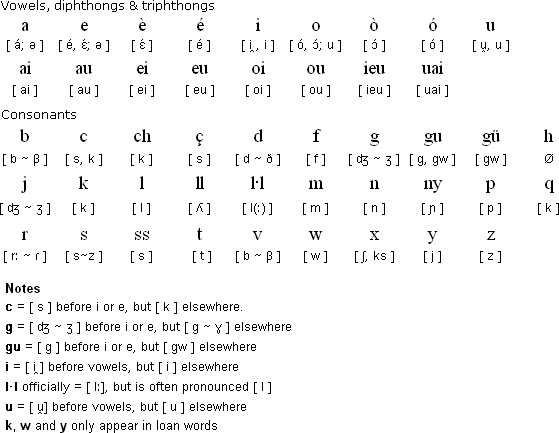
Catalan vs. Spanish: The Catalan alphabet
Catalan and Spanish use the same alphabet save for the Spanish “ñ”, which is to say that the English and the Catalan alphabets are the same.
Catalan language pronunciation guide
Phonetically speaking, Catalan lies somewhere between Spanish and French. For instance, while the language features the rolled “r” found across Spain and Latin America rather than the raspy French “r”, it lacks the characteristic “th” as well as the strong “kh”, two sounds Castilian Spanish is known for.
Catalan has two types of accents: obert (à, è, ò) and tancat (é, í, ó, ú). While the grave accent opens the vowel, the acute one closes it. Whenever a word has an accent, that’s where the stress will fall. If there are no accents, your best chance to get the word right is to place the stress in the second-to-last syllable.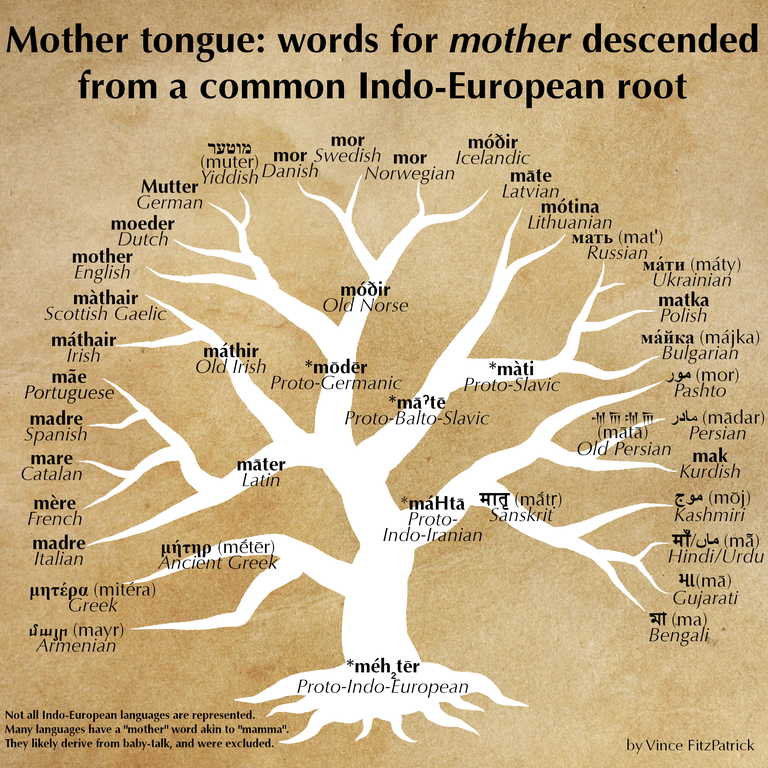
| Letters | Pronunciation |
|---|---|
| NY | It’s the Catalan equivalent of the Portuguese “nh” and the Spanish “ñ”. Pronounce it as in canyon. |
| L | The Catalan “l” is more emphatic than in other languages. Make sure you stress it enough to sound like a pro. |
| L·L | The geminated “l” with a flying point marks that a word contains two “l”s belonging to separate syllables. Articulate a longer “l”, like in slow motion. |
| LL | Two “l”s without a flying point sound similar to that of “million” in English. |
| S, SS, C(E), C(I) and Ç | Pronounced like “s” |
| S between vowels and Z | Pronounced like “z” |
| V | Pronounced as “b” in many dialects of Catalan, including the standard. |
| TX/IG | Pronounced like “ch” in English, as in “chosen”. |
How to say “thank you”, “good afternoon”, “hello”, etc.
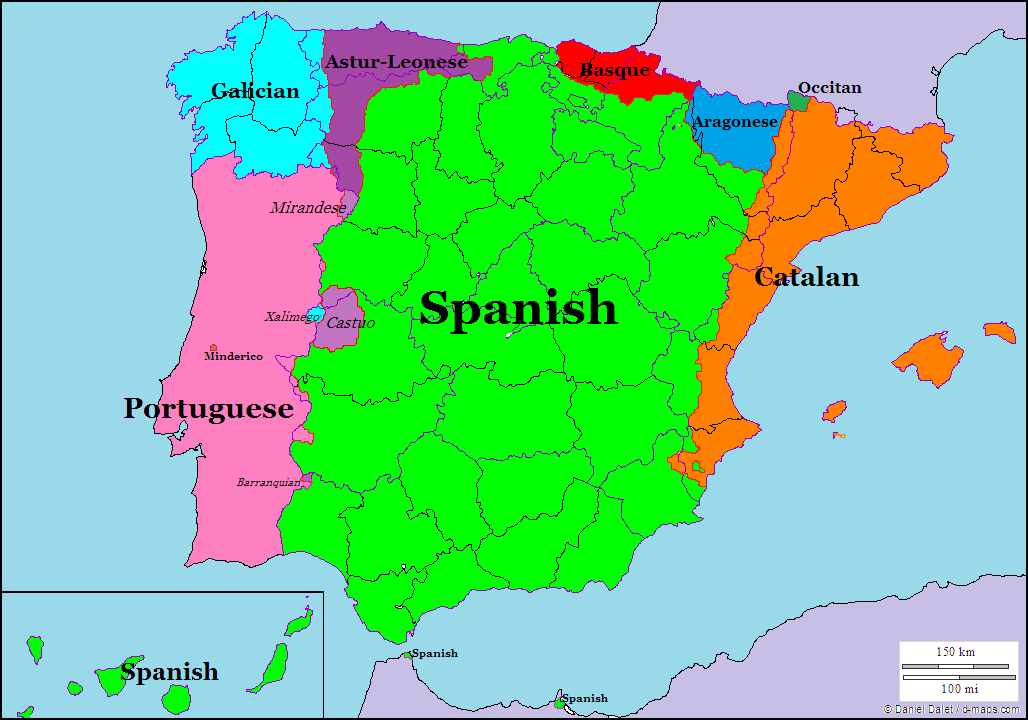
| English | Catalan |
|---|---|
| Hello | Hola |
| How are you? | Com vas?/Què tal? |
| Good morning (used from sunrise until lunch, typically eaten at 2 or 3 PM) | Bon dia |
| Good afternoon/evening (used from lunchtime until 8 PM) | Bona tarda |
| Good night | Bona nit |
| What’s your name? | Com et dius? |
| My name is… | Em dic… |
| Thank you | Gràcies (also merci in Catalonia and gràcis in the insular dialects) |
| I don’t understand you | No t’entenc |
| You’re welcome | De res |
| Please | Si us plau / Per favor |
| Please | Si us plau / Per favor |
| Sorry | Perdó |
| Bye | Adéu |
| Bonus track, untranslatable: use liberally to express surprise, admiration, emphasis, or pretty much any other feeling you may be experiencing | Déu-n’hi-do! |
Catalan words, sentences, and phrases to help you eat and drink to your heart’s content
Photo: VTT Studio/Shutterstock
Paella is delicious but it has become a tourist trap over the years.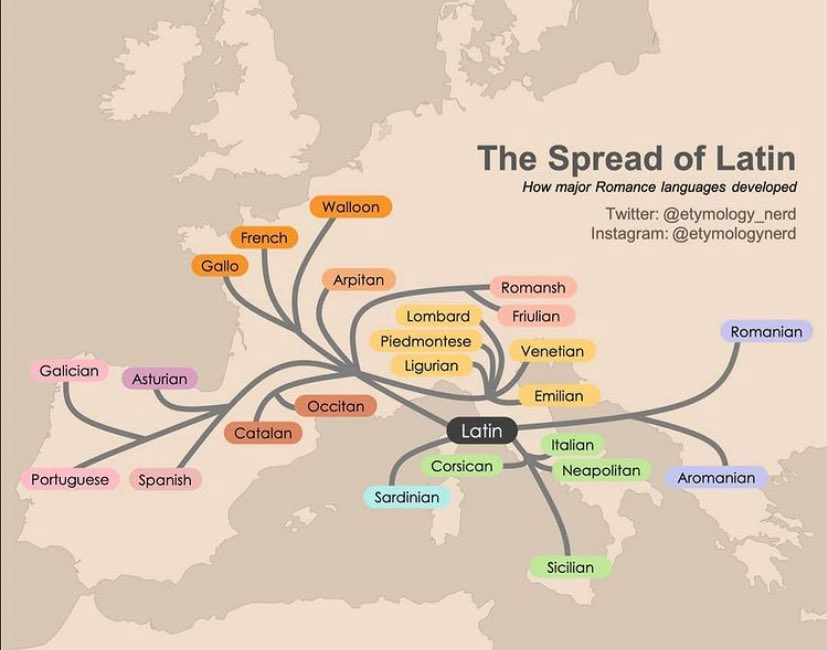
| English | Catalan |
|---|---|
| Breakfast | Esmorzar |
| Lunch | Dinar (yes, a false friend) |
| Dinner | Sopar |
| Water | Aigua |
| Coffee | cafè |
| May I order | Puc demanar? |
| Cheers! | Salut! (health) or Txin-txin! (more informal, it imitates the sound of clinking glasses) |
| I am a vegetarian | Soc vegetarià/vegetariana |
| I am a vegan | Soc vegà/vegana |
| May I have the menu, please? | Em pots portar la carta, si us plau? |
| Can I have a vermouth? | Em pots posar un vermut? (yes, you want to order vermouth instead of sangría) |
| May I have the bill? | Em pots portar el compte? |
| Bon appetit | Bon profit! |
Let’s throw a calçotada! (a gathering during green onion harvesting season where these vegetables are grilled over a fire.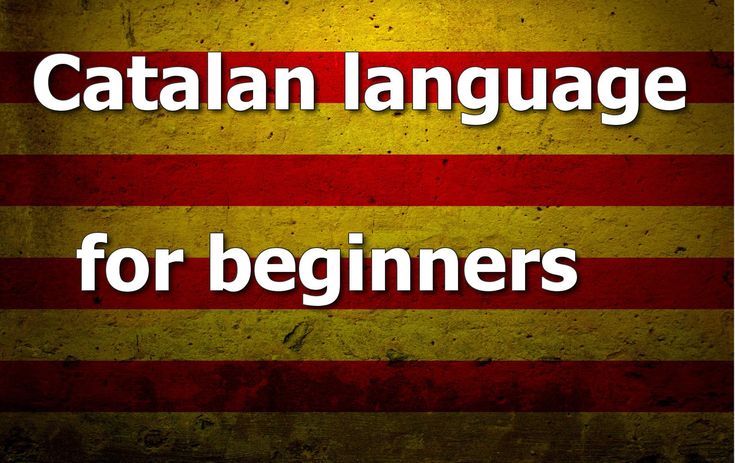 Catalans often spend the winter bumping into acquaintances and making plans for calçotades set to never materialize.) Catalans often spend the winter bumping into acquaintances and making plans for calçotades set to never materialize.) |
Fem una calçotada! |
| I look like a boiled carrot (meaning I feel like going home because I’m too drunk/tired). | Semblo una pastanaga bullida. |
| Menorcan gin with lemonade. | Pomada |
| A refreshing drink made with tiger nuts | Orxata |
Catalan words and sentences you need to find a good accommodation
| English | Catalan |
|---|---|
| Check in | Arribada |
| Check out | Sortida |
| I want to book a room | Vull reservar una habitació |
| How much per night? | Quant per nit? |
| One night | Una nit |
| Double bed | Llit de matrimoni or llit doble |
| Single bed | Llit individual |
| Single room | Habitació individual |
| Double room | Habitació doble |
| A room with a view | Una habitació amb vistes |
| A typical house in the countryside with a gable roof | Una masia |
| What’s the wifi password? | Com és la clau del WiFi? |
| Does the house have a pool? | La casa té piscina? |
| Is there a rooftop? | Hi ha terrat? |
| Is smoking allowed? | Es pot fumar? |
| How does the AC work? | Com funciona l’aire condicionat? |
| We’ve had a great time | Ens ho hem passat molt bé |
Catalan words and sentences you’ll need to get around
Photo: Viktoria Bakina/Shutterstock
| English | Catalan |
|---|---|
| How can I go to… | Com puc anar a…? |
| Airport | Aeroport |
| Train station | Estació de tren |
| Taxi | Taxi |
| Car rental | Lloguer de cotxes |
| Single ticket | Bitllet d’anada |
| Return ticket | Bitllet d’anada i tornada |
| Is it necessary to wear a mask? | Cal dur mascareta? |
| How long does it take? | Quan es triga? |
| Can I used your Google Maps for a second? | Puc fer servir el teu Google Maps un segon? |
| Does this bus/train/metro stop in…? | A quest bus/tren/metro para a…? |
| Is it possible to go on foot? | Es pot anar a peu? |
| Hitchhiking | Fer autoestop |
| Lost & Found | Oficina de troballes |
Numbers in Catalan and words you’ll need when shopping
They say that “Barcelona és bona si la bossa sona”, meaning that your stay will be worth it if your bag is full of clinking coins.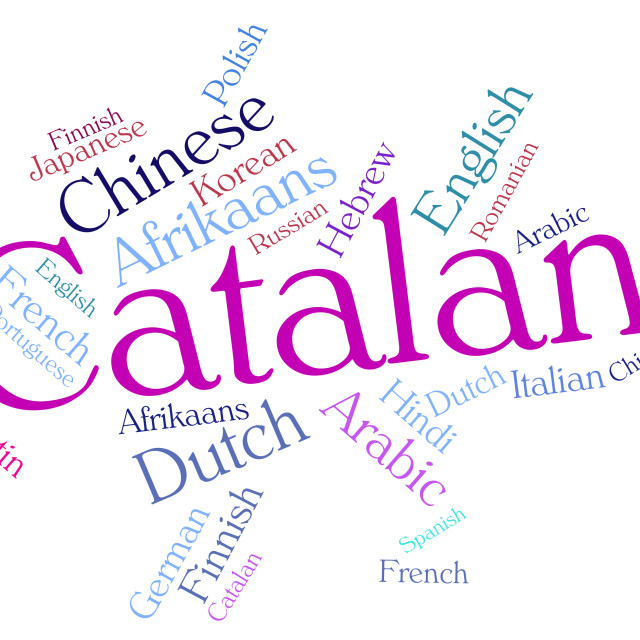
| English | Catalan |
|---|---|
| How much? | Quant costa? |
| Price | Preu |
| Cheap | Barat |
| Expensive | Car |
| Can I pay by card? | Et puc pagar amb targeta? |
| One | Un |
| Two | Dos |
| Three | Tres |
| Four | Quatre |
| Five | Cinc |
| Six | Sis |
| Seven | Set |
| Eight | Vuit |
| Nine | Nou |
| Ten | Deu |
| Hundred | Cent |
| Thousand | Mil |
Catalan words and sentences you’ll need if you hike
Photo: Unai Huizi Photography/Shutterstock
From the scenic “camins de ronda” originally built to patrol the turquoise Costa Brava and stop smuggling, to the “Ruta de la pedra en Sec” in the Mallorcan mountains, there’s a whole world of hiking waiting for you.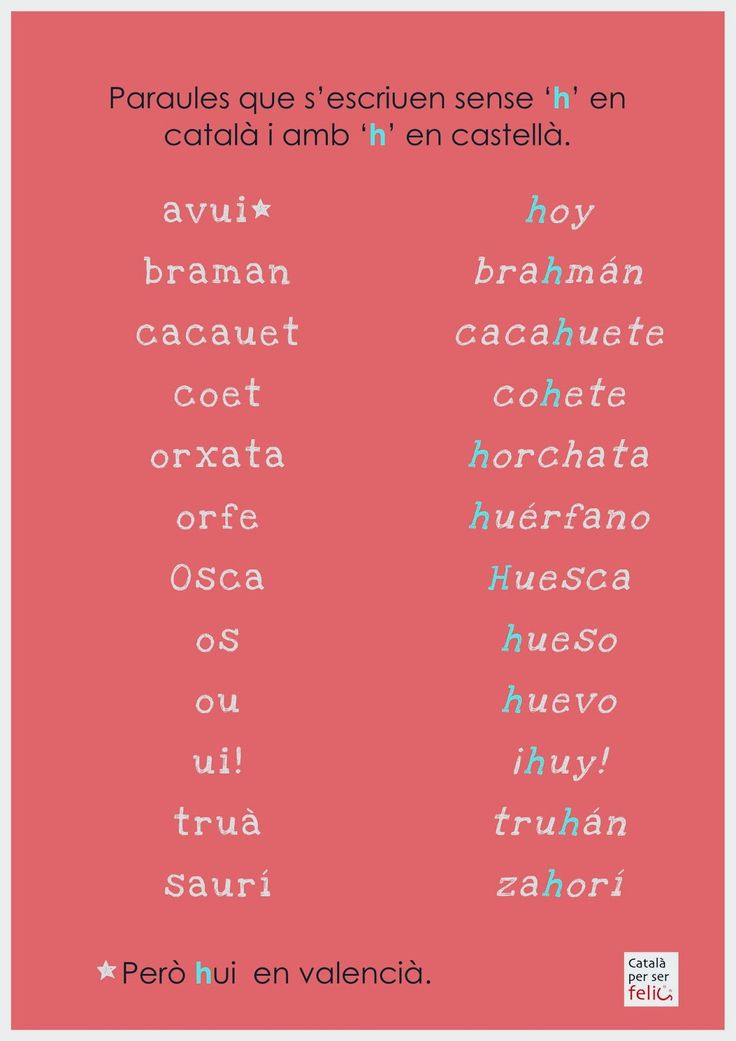
But, beware! Just make sure to grow familiar with the surroundings and how to respect them before your hike, lest you be mocked as a “pixapins” or pine-pisser, as countryside dwellers mockingly refer to urbanites unaccustomed to rural life.
You could also be called a “camacu.” This word, derived from “Què maco!” (how beautiful) which typically describes bohochic Barcelonians who stop at every turn to exclaim “how pretty!” before snapping a pic for the gram.
| English | Catalan |
|---|---|
| Mountain | Muntanya |
| Peak | Pic |
| Forest | Bosc |
| Trail | Pista, senda |
| Descending | Descendint |
| Fall | Caure |
| Shoes | Sabates |
| Shelter | Refugi |
| Water bottle | Ampolla d’aigua |
| Going mushroom picking (Catalonia has a well-established mycological tradition) | Anar a collir bolets |
| Whispering (remember music and loud voices disturb the wildlife) | Xiuxiuejar |
Nap (yep, there’s a word for “siesta” in Catalan too).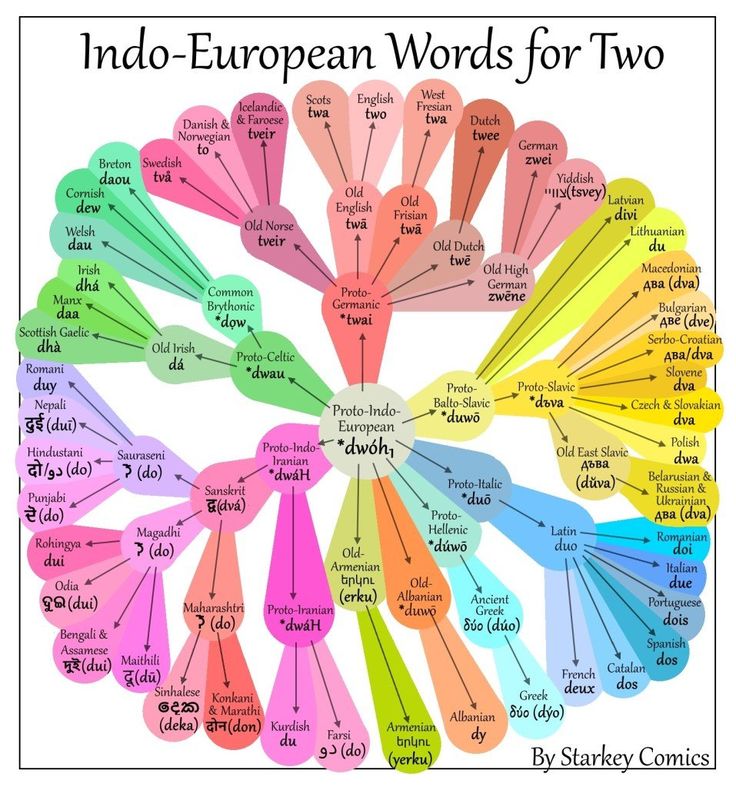 |
Migdiada |
| To reach a summit | Fer un cim |
| My legs are tired | Les cames em fan figa (idiomatic, it literally means my legs are making fig) |
| I can’t anymore | No puc més |
| Look | Goita! |
| Cove, sandy shore smaller than a beach, typically forming a shell | Cala |
More like this
What is the difference between Catalan and Spanish?
How is Catalan different from Spanish? Is Catalan a full language – or is it just a dialect of Spanish? To ask such a question to a Catalan is tantamount to saying that
ask him if there is a difference between fish and meat, day and night, Madrid and Barcelona – but we are not native Catalans! Many of the tourists who have gathered on vacation in Spain have enough
to know that there is a Kingdom of Spain, and people who naturally speak Spanish live in it.
And so, armed with knowledge of Spanish obtained at school, college or intensive training courses, our people fly to Barcelona airport, and suddenly it turns out that at school, college
and in the courses they were taught some nonsense!
Because the inscriptions on all kinds of signs do not look at all as expected.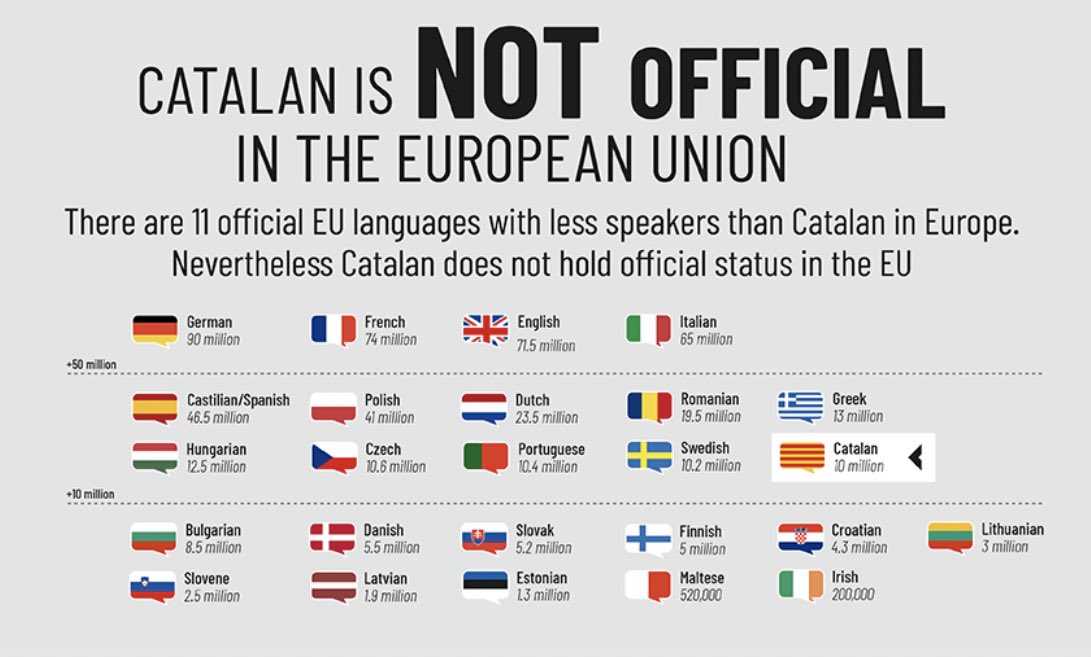
Portugal?
No, it’s all right – you’re in Spain. But at the same time – also in Catalonia, on the territory of which the official (and dominant in all official areas) is the Catalan language, and it is from Spanish,
trust me, it’s different.
By the way, on the same signposts, the inscriptions are now given in three languages: Catalan (the main one in the territory of the Catalonia community), Spanish (national) and English (the language
international communication). It’s just that the inscription in Catalan comes first and, moreover, is made in a larger font.
And the fact that the words do not coincide with what we learned under the guise of Spanish at school or somewhere else is simply explained: the Catalan language is still different from Spanish.
Both are studied in Catalan schools, but the vast majority of the teaching process is conducted in Catalan, so that today’s children are fluent in two languages and can, in
depending on the situation, use either one or the other.
In accordance with the established linguistic tradition, the language itself and all the linguistic phenomena associated with it are usually called “Catalan” ( Catalan, Catalan dialect,
Catalan phraseological unit ), but for everything else, the variant “Catalan” is used ( Catalan boy, Catalan donkey, Catalan territories ).
No. And if you, by the simplicity of your soul, ask such a question to a native Catalan, he will be offended to the core, although outwardly he will not show it. A dialect is a variety or variant of a language that
used in a certain part of the territory where its carriers live. The Catalan language in this sense is not at all a dialect of Spanish – it is a completely independent language with its own
grammatical, lexical, spelling and phonetic systems. This, by the way, is also reflected in the classification of languages: Spanish is classified as Ibero-Romance, Catalan as
Occitano-Romance.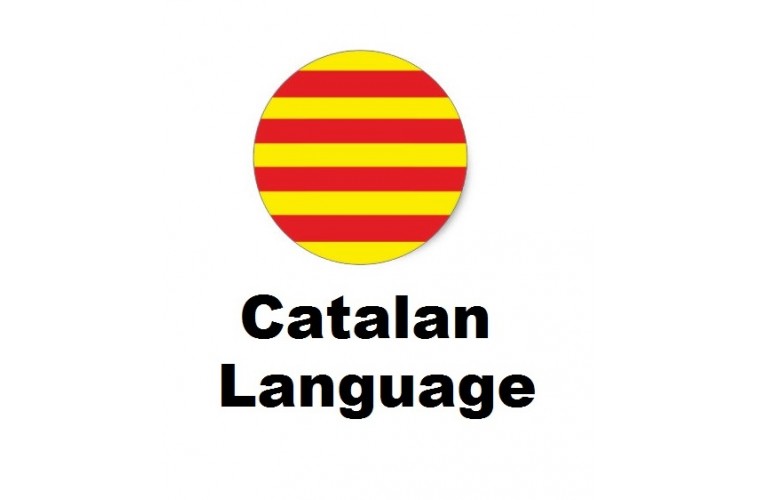
No. Both are based on Latin, a language that became widespread due to the expansion of the Romans a couple of thousand years ago and gave rise to modern European Romance.
languages. Not only Catalan and Spanish, but also Portuguese, Italian, French, Romanian are related languages.
However, their formation took at one time more than a thousand years – and it proceeded differently under different conditions. These “conditions” in Castile (the center of Spain) and in Catalonia (the northeast) were
are extremely different, which led, respectively, to the appearance of significant differences in languages.
Spanish has a much stronger Ibero-Celtic influence, while Catalan has an Occitan influence.
The oldest of the documents that have come down to us, written in ancient Catalan – “Sermons of Organya” (1080 – 1095), discovered in the chapel of the town of Organya in the province of Lleida. There are also earlier
sources (the feudal oath of 1028, but they are too brief and fragmentary for a full linguistic analysis).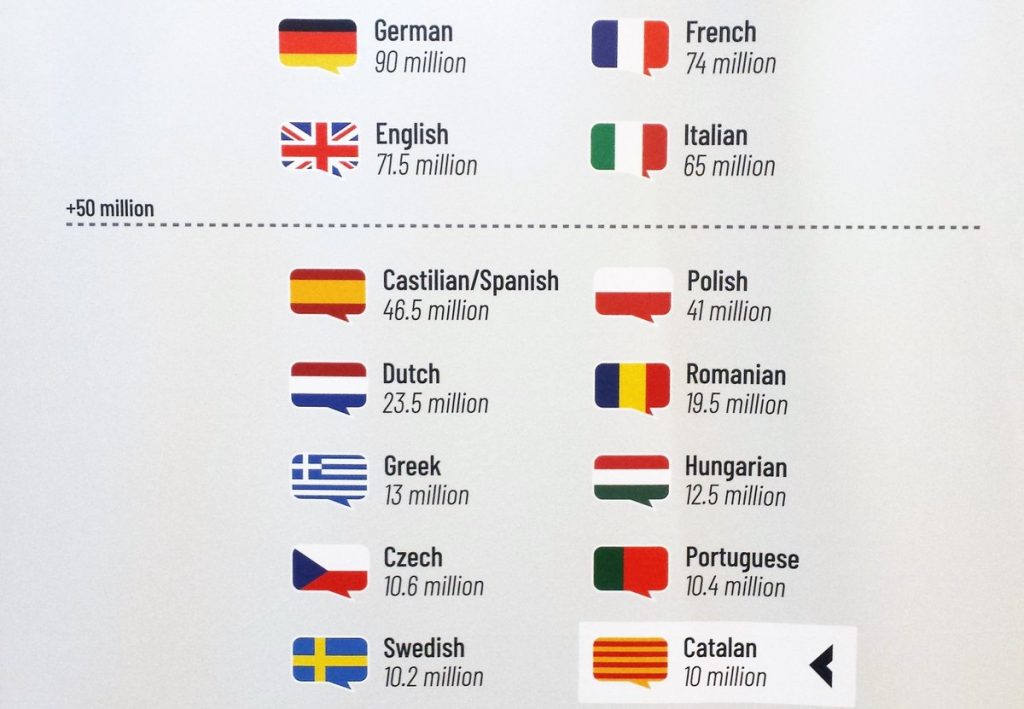
The oldest text in Old Spanish is Glosas Emilianenses (late 900 AD) found in the monastery of San Millan de la Cojoglia (Rioja).
Here, as they say, the Spanish language does not leave the Catalan the slightest chance.
Thanks to the aggressive development of South America by the Spaniards, the Spanish language took root there tightly, and, as we know, far from one country, acquiring in each of them its own national
peculiarities. The so-called variants of the Spanish language were formed. That is why in Spain itself they prefer to call Spanish the Castilian language,
in order to separate this pure “proto-language” from those variants in which the Spanish-speaking nations of Latin America express themselves.
In terms of numbers, at least 470,000,000 people speak Spanish as their first language, making it the second most spoken language in the world after,
of course Chinese.
As for Catalan, the “area” of its use is much narrower: in fact, Catalonia, Valencia, the Balearic Islands, the Eastern Pyrenees department in France, the Principality of Andorra, the city of Alghero on
the island of Sardinia – that’s probably all.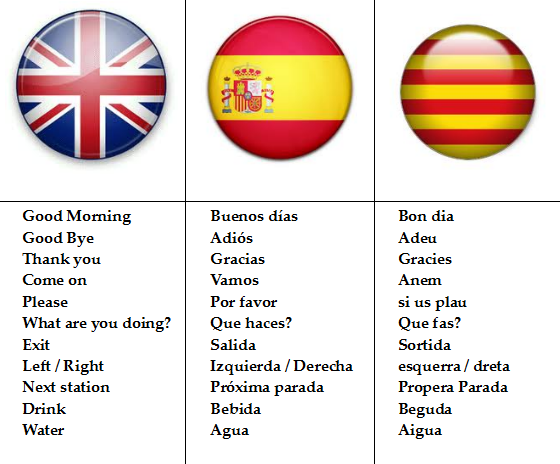
they can’t say anything) about another 1,000,000.
You will understand, you can be sure – because I have met many Spaniards who do not know the Catalan language, but I have not met a single Catalan who would not know Spanish. Spanish
the language, let’s not forget, is the national language – like Russian in the Soviet Union at one time, so that every citizen of Spain, whether Galician, Basque or Catalan, is in Spanish
speaks.
But we’re not talking about that! – you exclaim. How big are the differences in the same vocabulary between Catalan and Spanish? Not global, but essential – let’s answer this way. Although most of the lexical
the stock of both languages (three-quarters) is identical or almost identical, the remaining 25% often account for the most “important words”, which makes it very difficult to understand if you are a Spaniard or
arrived in the country with knowledge of Spanish and suddenly stumbled upon a surprise in the form of the Catalan language (in higher education, by the way, education in Catalonia is also conducted in Catalan).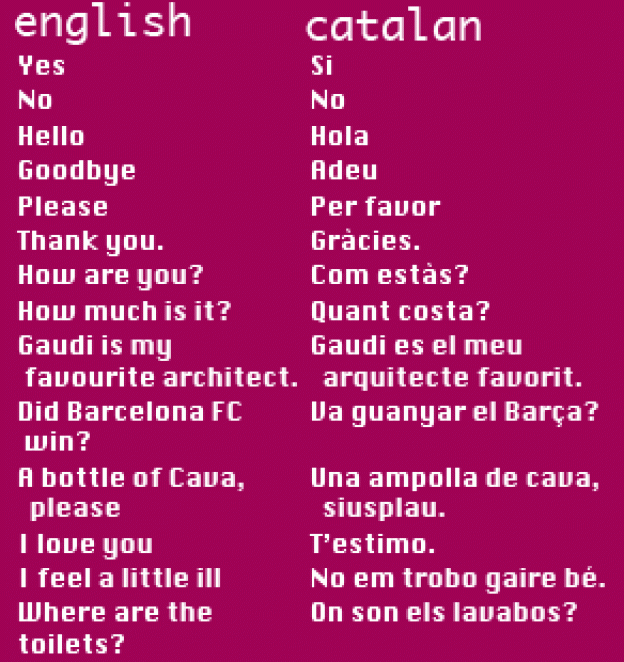
A simple and illustrative example of the lexical differences between Catalan and Spanish is “cat-dog”. Catalan for cat is gat, Spanish for cat is gato. Wonderful and very similar, almost one to one! – you will be delighted, and completely
in vain. Do not rush to rejoice, because in Spanish a dog is perro, and in Catalan it is gos! Go
guess! And there are many such examples – so the difference between Catalan and Spanish really exists, and quite significant.
Spanish is now the native language and the language of everyday communication for the majority of the population of Catalonia. According to a survey conducted by the Catalan government in 2013,
Spanish is the mother tongue of 57.58% of registered citizens in Catalonia over the age of 15, while Catalan is spoken by 33.46%. According to the same study, 57.55% of citizens over the age of 15
years use Spanish as the language of everyday communication, and 43.11% use Catalan.
OUR EXCURSIONS
SALVADOR DALI – EXCURSIONS
Catalan – differences from Spanish.

21.06.2011
Catalan. Boycott Spain.
- 5 comments
It so happened that the most beloved region of Spain by most foreigners – Catalonia – does not speak Spanish … Here you can be indignant a lot, which, of course, will not fix the matter, but you can just ask what kind of language is this “Catalan” and what features does it have. And maybe even study it.
Catalan coverage map
Catalan (self-designation català ) belongs to the Occitano-Romance subgroup of the Romance languages of the Indo-European family. It is spoken by about 11 million people in the so-called. Catalan lands on the territory of Spain (autonomous communities Catalonia, Valencia, Balearic Islands ), France (department Eastern Pyrenees), Andorra and Italy (city Alghero on the island of Sardinia ).
The history of the formation of the Catalan language.
It is believed that the formation of an independent Catalan language began in the 9th century, during the Reconquista.
In the first half of the 19th century, a resistance movement began to form, the so-called Renaissance ( Renaixen ça ). At first it did not go beyond the literary movement, but over the course of a century it acquired political and national features.0003
Catalan is an inflectional language.
In the 20th century, General Franco, who came to power, completely banned the Catalan language in all areas of public life. Only 8 years after the death of the dictator, in 1983, law “On Linguistic Normalization in Catalonia” was adopted, which officially secured the status of the second state language in the autonomous region of Catalonia for Catalan.
Information about dialects. Spread of the language.
- An independent dialect – “Majorquin” – is a dialect of the Balearic Islands.
- In the Valencian Community, the local dialect of Catalan is called Valencian. There has been a long discussion about whether Valencian should be considered an independent language or one of the dialects. Compromise opinion: “There is one language, which in Catalonia is called Catalan, and in Valencia – Valencian.”
Allocate:
- Eastern Catalan and Western Catalan dialects. The east of Catalonia, the south of Catalan-speaking France, the Balearic Islands and Sardinia are classified as eastern Catalan dialects. Other areas of distribution of the Catalan language are classified as Western Catalan dialects. The main criterion for such a division into dialects is the pronunciation of unstressed about , e and a . In Western Catalan, these sounds are pronounced in the same way as they are transmitted in writing, while in Eastern Catalan dialects to in an unstressed position are pronounced as [u], and e and a as weak English [ə].
Catalan retained many features of the language in which the troubadours composed their songs and is very close to the Provençal or Occitan language, which is still spoken in the south of France.
Catalan is an independent language, not a variant of Spanish.
Flag of the province of Catalonia
It is a mistake to think that since Catalan is most common in Spain, it means that it once broke away from Spanish and changed over the centuries. This is not so: they came from different ancestors (that is, from different dialects of Latin) and never intersected in their development. In addition, they were subjected to completely different foreign influences.
In the 8th century, the Iberian Peninsula was conquered by the Moors, and the Spanish-speaking territories remained under Muslim rule for seven long centuries. This could not but be reflected in the language, which acquired a solid stock of borrowings from Arabic. Catalonia was soon returned to Christendom by the Franks, having conquered it from the Saracens, and the Gaulish influence on the Catalan language turned out to be so significant that many linguists classify it not as an Ibero-Romance (like Spanish), but as a Gallo-Romance group (like French).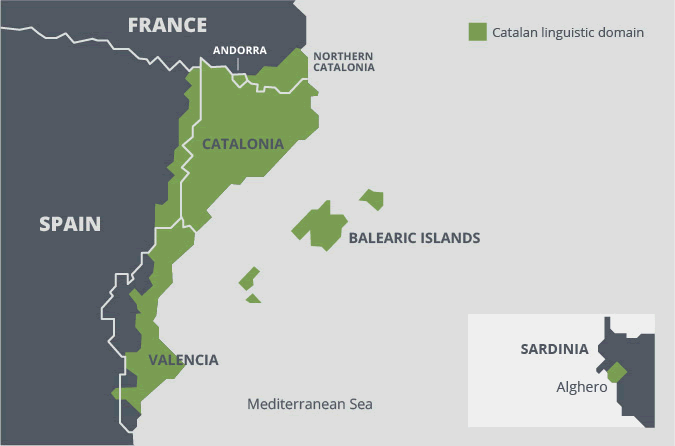
Linguistic features.
- Final -d is often pronounced voiceless: autoridat (‘autoridad’), verdat (‘verdad’), amistat (‘amistad’), Madrit 9001).
- Main differences in pronunciation – although the Catalan pronunciation resembles Spanish, this is due to a long period of coexistence, and not primordial features. Catalan lacks interdental with (z) , Spanish ll, but there are hissing x, sonorous z, tz . Quite strong differences in grammar, ranging from verb conjugation, ending with many forms of adverbs, prepositions, closer to Provençal and French. For example, in Spanish “please” – por favor , in French – s’il vous plaite, in Catalan – si us plau.
- In general, the pronunciation of the Catalan is more reminiscent of French – such consonants as J (“g”), Z (“h”) and X (“w”), characteristic of the speech of the Catalan, are generally absent in modern Spanish, but are present in French , as well as Portuguese and Galician.
- With a general grammatical structure close to Spanish, Catalan infinitives end not in -er, -ar, -ir, but in -e. For example, “sell”: vender (Spanish) – vendre (Cat. and French)
Where to learn Catalan.
In Catalonia itself, catala is spoken everywhere… except in the capital. Of course, all Barcelona residents speak it, but precisely as official, and not colloquial. So, doctoral dissertations in Catalan are defended almost daily, but it is almost unthinkable to hear, say, a street quarrel in it: Spanish remains the language of “tram squabbles” and everyday communication in Barcelona. It’s a shame …
It is a pity that almost no translations are made from Catalan, and many of today’s talented Catalan authors are not known to us, although the province publishes more than 6,000 books annually… There is only one way out – to teach yourself.
In Moscow, Catalan is taught only in the romgerme of Moscow State University.

